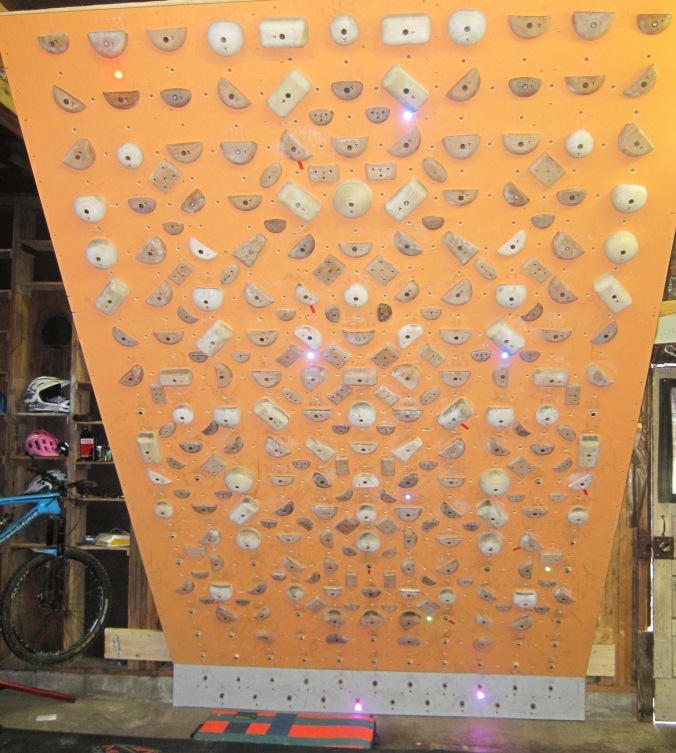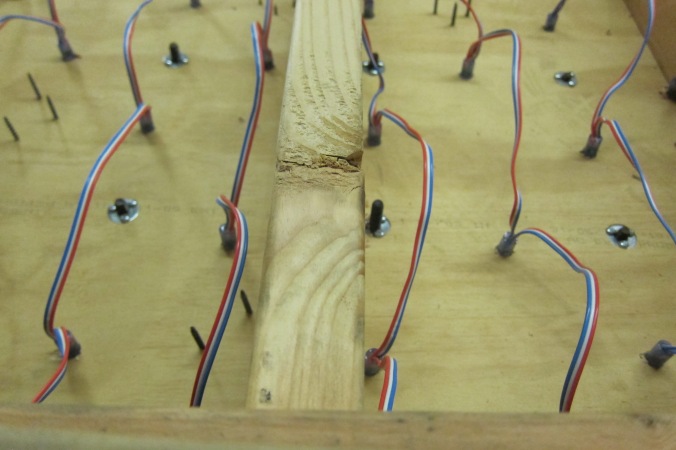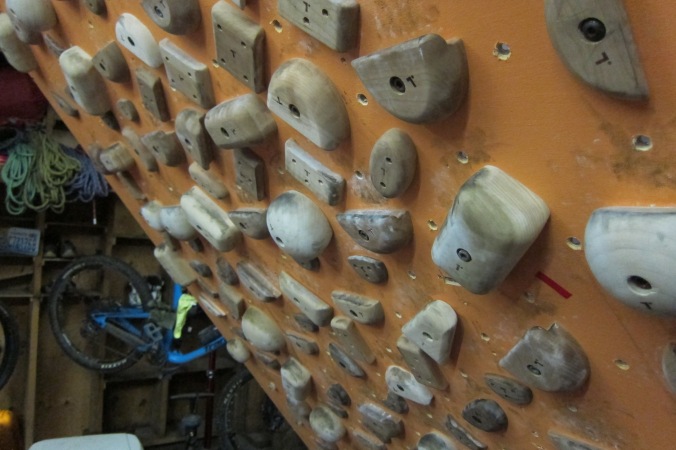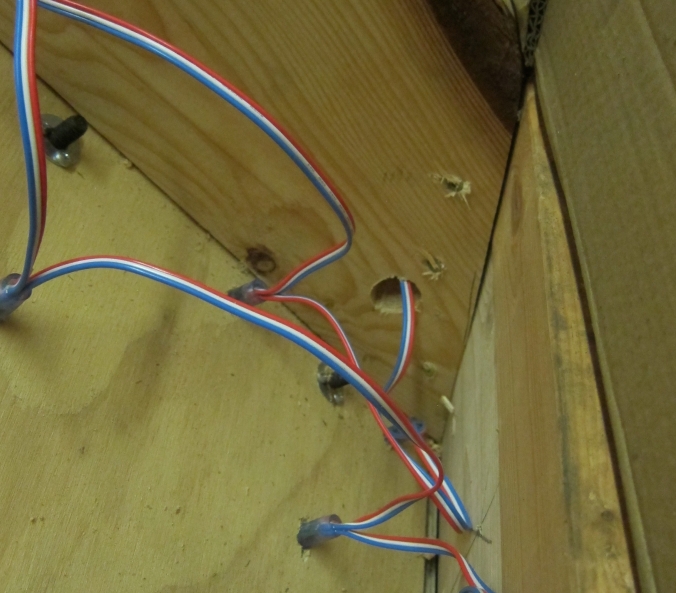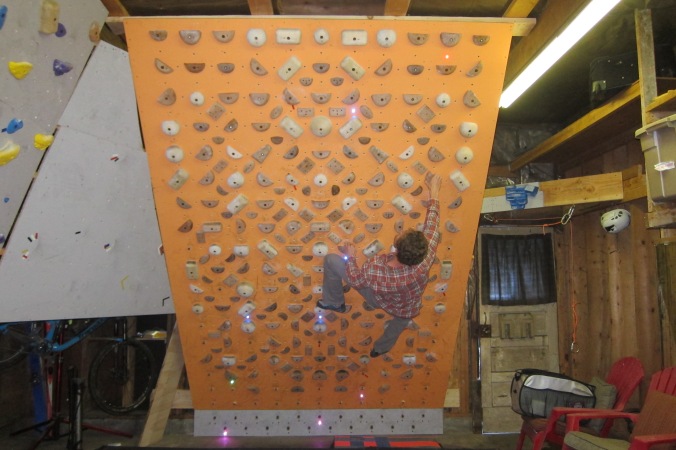What is authentic spirituality? I don’t even know what these words mean. My spiritual life in has been a cycle of building up and tearing down of my own personal edifices as I sought to determine if “spirit” is actually a thing. On the one side I had all of religious history (personal, and communal) telling me what it means to be spiritual and how you get there, and following these paths over the years has left me burned out and with nothing to show but self-deprecation and guilt for my personal inability to ‘get it’. On the other side is the fact that there is nothing empirically knowable about anything spiritual. Its kinda become a post modern buzz word that describes both crystals, essential oils and yoga while at time being used by people who talk at length about angles, demons and healing. The fact that anything could be described as spiritual only adds to the fact that being “spiritual” seems to be a pretty privileged position for me. By that I mean anyone who has the time to be high minded introspective enough to do this stuff obviously is not suffering under the burdens most of the world does. Wouldn’t out time be better spent pursing things like justice and solving climate change then meditating? After many years of driving myself in circles while pursuing the “spiritual” I just quit and have begun to really rely on empiricism to help ground me. Why even try to connect to something which is probably not even a real thing?
With this background I began reading Dark Night of the Soul by St. John of the Cross. If you are unfamiliar, St. John of the Cross was a 16th century Spanish Monk who wrote about his thoughts on what spirituality is, Dark night of the Soul is actually a short poem and the larger work by the same name is his commentary on that poem. According to JotC, the dark night is a phase of life we go through (sometime over and over again) where we lose sight of God as we come to terms with the fact that God is essentially unknowable (hence the darkness) and what that tells us about our spiritual journey.
I tried reading it several years ago and did not understand any of it, but this time around I was able to take in some very distinct perspectives and wisdom. I think I am more open now, and have a better acceptance of my own experience which has allowed elements of this book to resonate with me which had not before. While reading it I realized that I had been in some sort of ‘Dark Night’ for the past several years. So much of my belief systems are built on crumbling foundations, God has felt distant (when I even believe in God) and this has brought me to finally look into the depths of my own personal emptiness. The God with whom I used to feel close was simply my ego’s projection and I was simply worshiping myself. Most of the religious and worship practices I grew up with are now a bit repulsive to me since they either seem to support my own ego or are actually oppressive in nature because they reinforce a belief that I am never enough. The Dark Night was very refreshing to me since it essentially helped me to realize that I cannot do anything or make anything happen to save my spiritual life. All we are able to do is be present to each moment we have. Recognition of this is all a part of the process and for me to continue on the path towards unification with The Christ I simply had to let go wade into the process.
One of the big takeaways for me came when John describes what we go through when divine light begins to shine inside us. If I understood this correctly, he says that as we are going through the purgation’s of our sense and spirit we begin to have a strong repulsion not only to the spiritual structures we have had in the past, but we begin to feel a strong repulsion to ourselves as well. This is because as we get closer to the divine light the darkness inside us becomes more illuminated and visible. I used to have what I would describe as a ‘healthy self-confidence’ and it was even a joke among a lot of our friends that my wife and I always thought ‘we were awesome’. Now that I have become more genuinely reflective of my own religious and spiritual experience I have been more and more upset by what I see in myself. I see a desire for self-glorification which makes me look for opportunities to push myself into the light. As distasteful as this is on its own, it seems to be encouraged by many people as the ‘natural’ thing to. This is made worse by the recognition of my own role in white supremacy and male patriarchy. Everything I have done in ministry and for personal growth seems to be built upon the backs of everyone less fortunate than I am. Even the spirituality I embrace has such an privileged feel to it since I can be carried away in theoretical and mystical thoughts sitting in my comfy life while others are suffering and thirsty for just a drop of water.
This has troubled me for a long time and has only gotten worse. But while reading Dark Night I realized that this was part of the process. I have been struggling trying to fix this problem to make the pain of self reflection go away but the message I took from this reading is that it still may be too early for me to address these issues. I am in a place of discovery, like in the early morning high up in the mountains on a multi-day climb. I need to be patient and take in all the light and see the whole scope of the mountain before I make any moves forward. This is painful to sit through since I am do not like what I am seeing in myself and I worry that if I sit with this for too long I will get complacent. But my past spiritual life has always been predicated on action and that has not gotten me very far so it’s time for a change. To sit in silent observance of this is I think what James Finley describes as prayer.
After finishing Dark Night I began reading “Merton’s Palace of Nowhere”. Thomas Merton was a hugely influential catholic monk who rediscovered what contemplative Christianity is and made it understandable to us modern westerners. James Finley was one of his students and this book is a fantastic introduction to both of these incredible modern contemplatives. Once I started reading this book I was brought to the realization of how hard I have tried to “experience” God. I have spent so much time trying to force some kind of connection. So much energy has been expended by me hoping to become what I saw in others. There is way too much to go into here but I have spent a lot of time meditating on the idea of prayer in this book. Finely describes Merton’s idea of prayer as the place where we go to expose our false self. It is the way that we let in the divine light to expose our ego’s lies and allow our true self to be known. I have not prayed in the “evangelical” way, or long form petitions and adoration of God, for a long time. The word and concept of prayer, like many things in my spiritual life, is flavored by ideas that I find distasteful. But this form of prayer is opening up a welcomed feeling to me.
Prayer as “meditation” has been my go to spiritual practice for several years. It was weird mixture of Buddhist like ideas and mantras of Christian like phrases but even this has become an idol of my false self. I was building another structure to be proud of, patting myself on the back for how Zended out I thought I was or working sooooo hard to be dis-attached from my body. None of this was helpful and again left me feeling empty and unable to achieve some ideal I had set. So that even left me for some time.
I have begun spending time praying in a way that is more of a meditation of exposure and acceptance, trying to simply observe myself without judgement. Am I happy or angery, full or hunger, are my fingers sore from climbing, why is this relationship on my mind, what is my desire for the day, these are the kinds of questions I may ask myself. There is no real goal other than knowing my own personal experience since this is the only true doorway into the spiritual. I still get anxious about that I will not get anything or have any kind of experience, but I think this is the point. I hope to let my soul be exposed and in this process maybe I will find Christ’s imprint there which will be the doorway to contentment free from any experience. In this book Merton is quoted as saying something along the lines of the “eyes with which we see God, are the same eyes with which God sees us” and I think that is the ultimate goal of prayer. To accept our own eyes instead of praying for God to replace them.
This post has been very hard for me to write. I have written a good deal but I don’t think I have said anything, which is a good metaphor for what spirituality has been to me. I have pretended my whole life to be spiritual in the way I assumed was correct, hoping that by force of will I could make it happen. This has left God feeling very distant, even on the days that I believe God is actually a thing. This distance has been in place for so long that it feels normative. But I am learning from these authors that the distance is not between me and Christ but between my head and my soul. Taking their advice I have been leaning into what is a new path of growth for me. I hope that my experience will be what John of the Cross describes when he says that our eyes can only perceive darkness all around us when we are actually staring into divine light.



